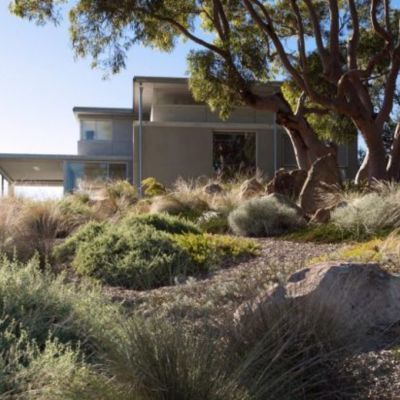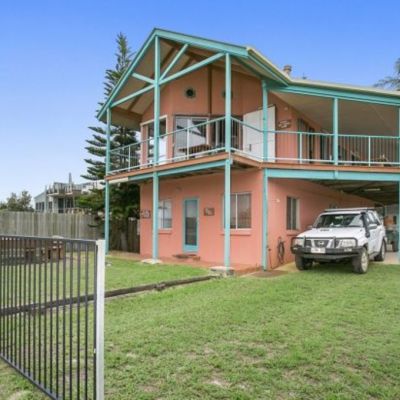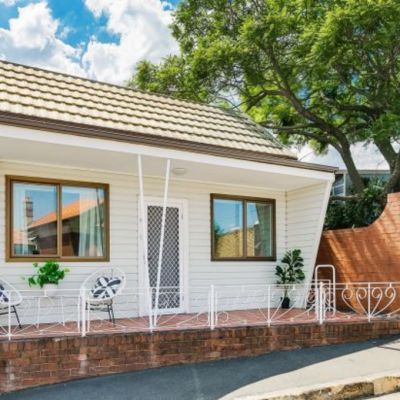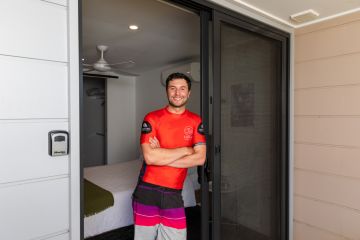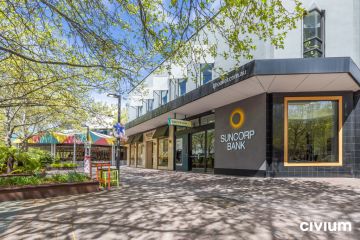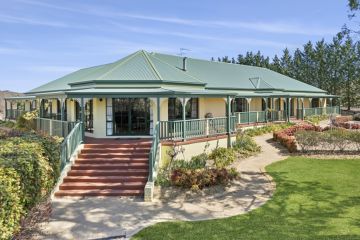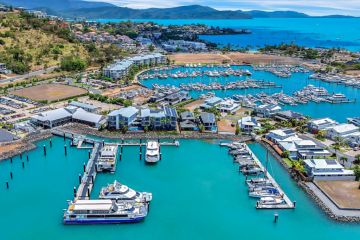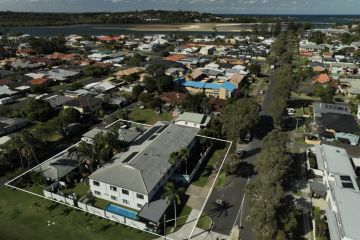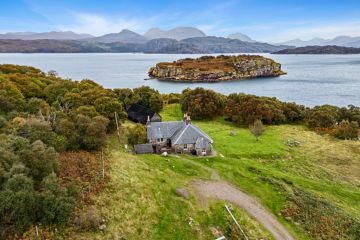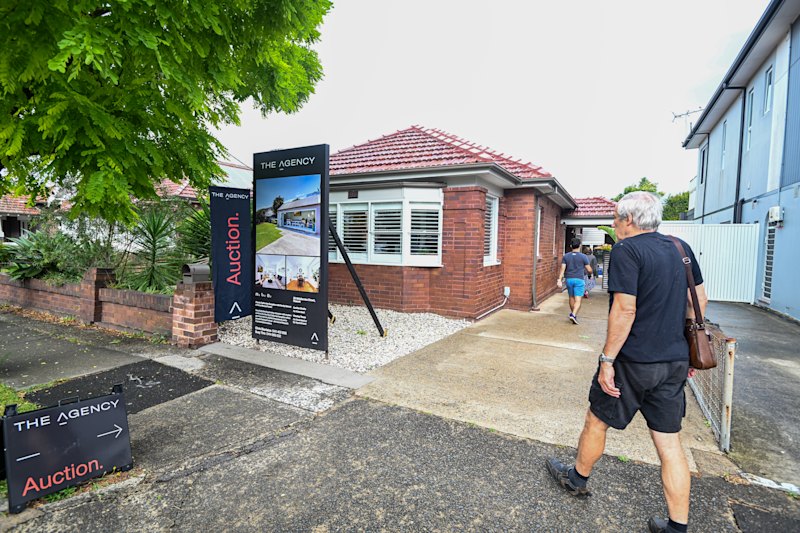The little-known communities in the Royal National Park built during the Great Depression
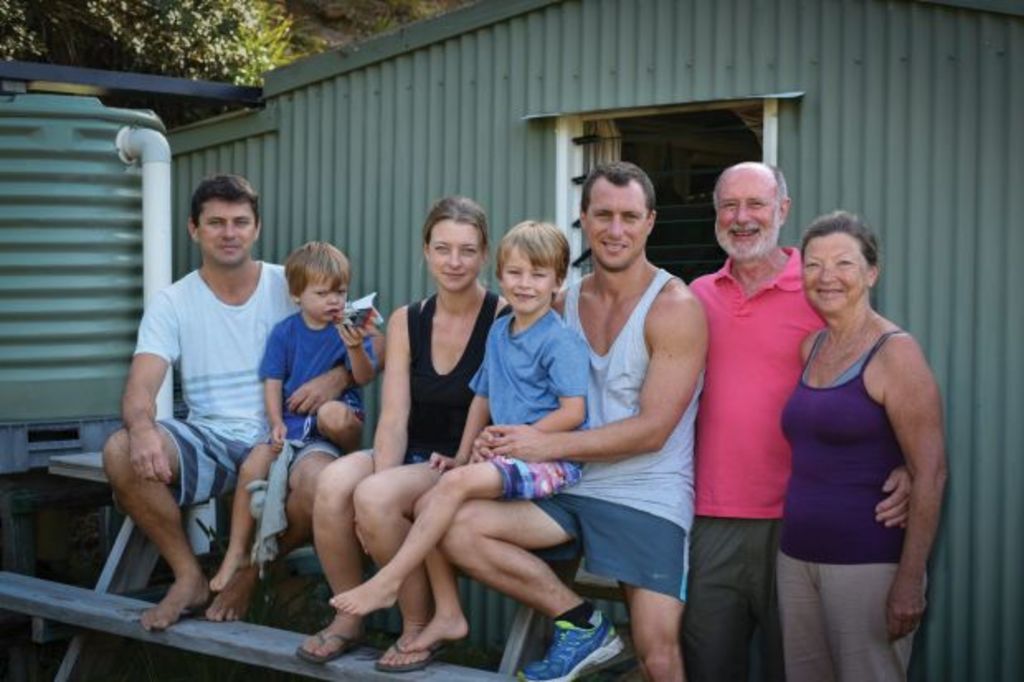
A series of shacks in the wilderness built by people scavenging to survive during the Great Depression of the 1930s has become a little-known slice of heaven for people wanting to escape big city life.
The collection of around 160 secluded shacks in what has become the Royal National Park are now used as holiday homes by the descendants of those early refugees, and their friends.
“It’s a place to get away from the stupidity of city life,” says Ian Badham, 69, a Sydney writer who visits his Burning Palms shack regularly with his children and grandchildren. “It’s also an opportunity to be part of a great small community, looking after the bushland and helping any visitors who come to the area to hike, surf or swim off the beach and get into trouble.”
His daughter Megan Badham, 34, says it’s the tight-knit community that’s so magical about the place. “We all get involved in whatever’s happening to help,” she says. “It’s the people who make it.”
The first “fringe-dwellers” were starving miners, who set up home there with their families to fish, grow vegetables and shoot rabbits for food, sleeping in tents and then in shacks built of scrap metal, timber, stone and driftwood. Those same huts, passing hands in the 1950s for around £280, are now used as heritage-listed weekenders.
Yet little has changed in the interim. The three settlements in the park south of Sydney, Era, Burning Palms and Little Garie, are still only accessible by foot, which means any materials to improve the shacks and provisions have to be carried in along the tracks. In addition, there is no mains electricity, there is still a barter system between locals and there is a strong sense of community.
That community of “shackies”, which in the past included painters Sir William Dobell and Margaret Olley, and former ABC TV chairman David Hill, has battled hard to stay in the park, too. After a number of fights from the 1960s with the NSW government who tried to clear them out, the huts were finally licensed to the descendants of those who built or owned them.
A new book, Shack Life: The Survival Story of Three Royal National Park Communities, celebrating the shackies and their stories, was launched on Saturday.
Author Ingeborg van Teeseling, whose husband Jim has a shack, says it’s an amazing retreat. “At night, there’s no one around and you overlook the ocean, make food and the wallabies come to pinch a tomato and there’s deer wandering through the valley,” she says. “And so many people have been there now for four or five generations. It’s simply magical.”
Max Humphreys, 71, and his wife Jane Rothman, 72, indeed still have their parents at their 1937 shack with its rafters made of split cabbage tree palms – in urns on a shelf. They pay licensing costs of $800 a quarter.
“The joy of being here is that nothing here has effectively changed,” says Humphreys. “Margaret Olley used to come here and there’s a painting she did of Era in the 1930s, and the only change is that the trees have grown up. We all look after the park and clean it up; something National Parks could never afford to do.”
Diana Garder’s shack was originally made of hessian and timber but was extended in 1953 and bought for just £280. Her parents’ ashes are buried nearby. “I spent my first summer holidays here when I was eight of nine,” says Garder, now 70. “We loved the freedom of being able to run around and play – something my grandchildren are now enjoying too.
“This place is such a great leveller. There’s an enormous cross-section of people here with the kids mixing with the grandchildren of miners or of barristers; everyone’s the same.”
Greg Barlow, now 64, was actually conceived in his shack – as were many of the other descendants around. “There are a lot of birthdays here around September and October, the result of great Christmas holidays!” he says.
“People love this place as they’ve got a history here. We are the real conservationists, it’s in our blood.”
They also make contributions in other ways, too. In the early days, any bushwalkers who had problems, or surfers who got injured in the strong seas, relied on the shackies for first aid. Ian Badham realised there was a need for better help in such an isolated area, and raised funding for the first rescue helicopter in Sydney – which later became the basis for CareFlight, of which he is the founding director.
“I think a lot of lives have been saved because of what we achieved here,” he says. “And it’s a community we hope the grandchildren of our grandchildren will still be a part of.”
Shack Life: The Survival Story of Three Royal National Park Communities, by Ingeborg van Teeseling, is published by NewSouth rrp $59.99.
We recommend
We thought you might like
States
Capital Cities
Capital Cities - Rentals
Popular Areas
Allhomes
More
